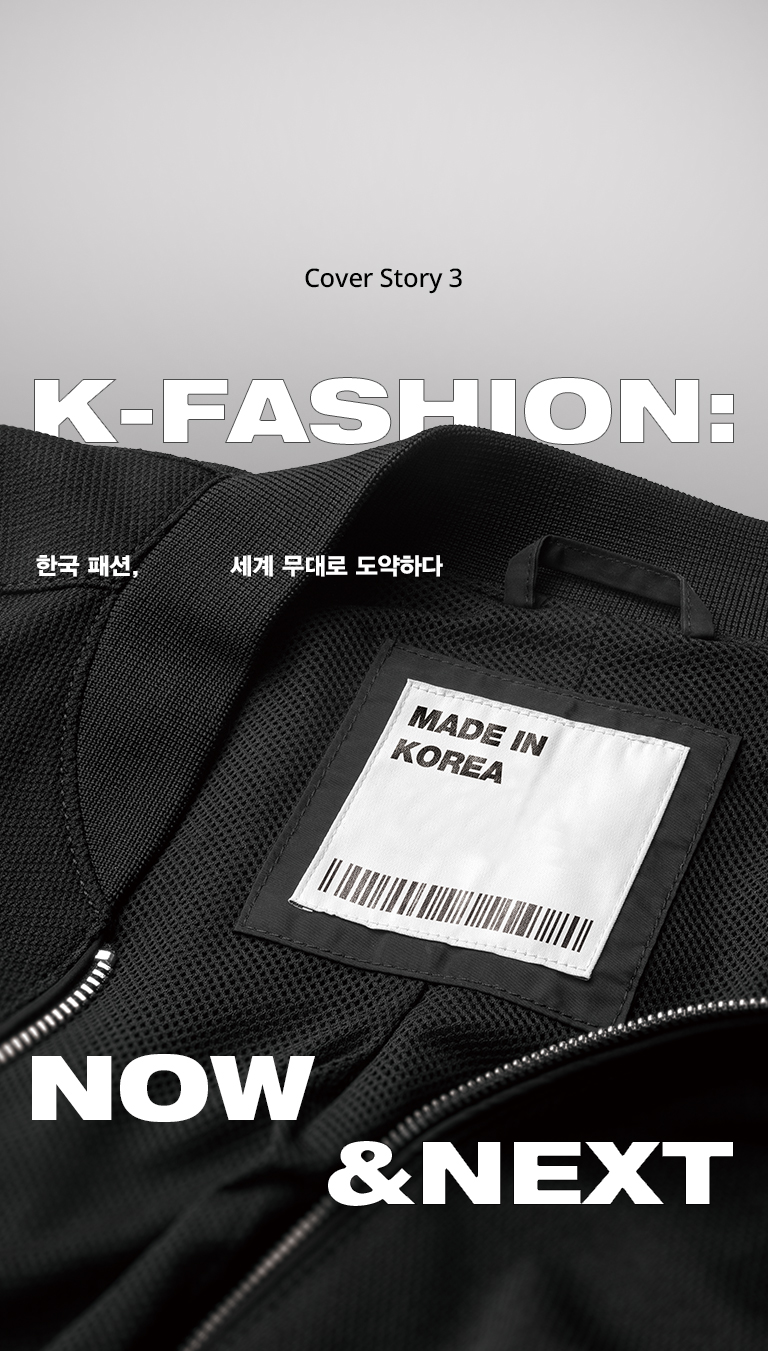
As Korean pop culture makes waves around the world, Korean fashion is coming into its own as well. Aligned with an era that spotlights individuality and personalization, Korean fashion is capturing the hearts of younger generations and audiences worldwide.
한국의 대중 문화가 전세계에 걸쳐 주목을 받는 지금 한국 패션도 본격적으로 비상하고 있다. 개인화의 시대, 한국의 패션은 젊은 세대와 세계인들의 마음을 흔들고 있기 때문이다.
Writer. Park Seh Jin
It was in the early 2000s that Korean fashion designers such as Wooyoungmi and Juun.J began to get a foothold in major fashion markets overseas. Fashion designers in the first wave were driven by a pioneering spirit and couldn’t count on much support. But their efforts paved the way for Korean fashion to enter the spotlight in recent years.
Korea’s young fashion designers are at the center of a new wave of interest. Minju Kim’s reputation began to grow after she won the H&M Design Award and then placed first in Netflix’s “Next in Fashion” competition series in 2020. Several finalists for the LVMH Prize—launched by Louis Vuitton to discover young designers—have garnered considerable interest. Those brands include Kanghyuk, which creates clothing from discarded airbags and nylon; POST ARCHIVE FACTION, whose functional designs are based on formal elements; and Jiyong Kim, which produces original attire from sun-bleached fabrics. The list goes on with KIMHEKIM, a regular contributor to the Paris Collection, as well as designers Hyein Seo, Jun-tae Kim and Rok Hwang from ROKH.
There are also savvy fashion brands that cater to customers who prefer a more youthful and casual style. Some of the most popular are Martin Kim, Mardi Mercredi, ADER ERROR and Andersson Bell. That trend doesn’t end with apparel companies. GENTLE MONSTER produces beauty products and accessories while focusing on glasses and sunglasses.
This interest isn’t limited to a handful of standout designers or brands. Furthermore, the flagship stores of several brands mentioned above have eye-popping designs that enable them to serve not only as fashion emporiums, but also as appealing tourist destinations that epitomize the contemporary aesthetics of Korean culture.
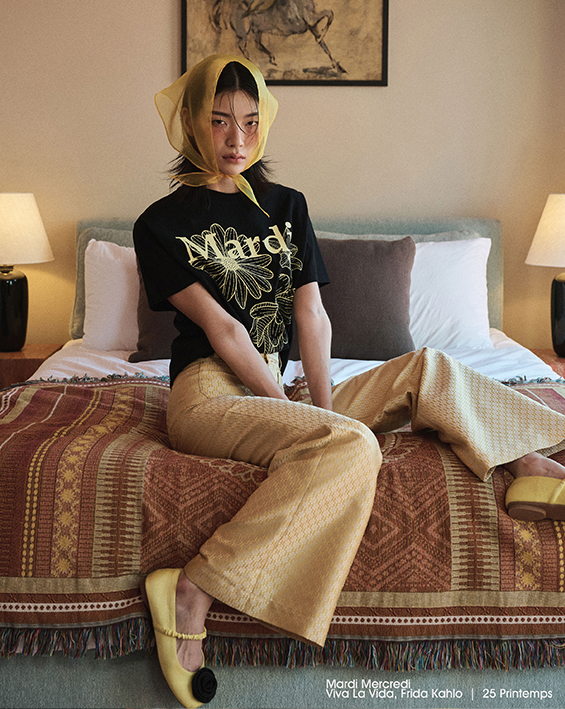 Mardi Mercredi, currently enjoying immense popularity among young Koreans
Mardi Mercredi, currently enjoying immense popularity among young Koreans 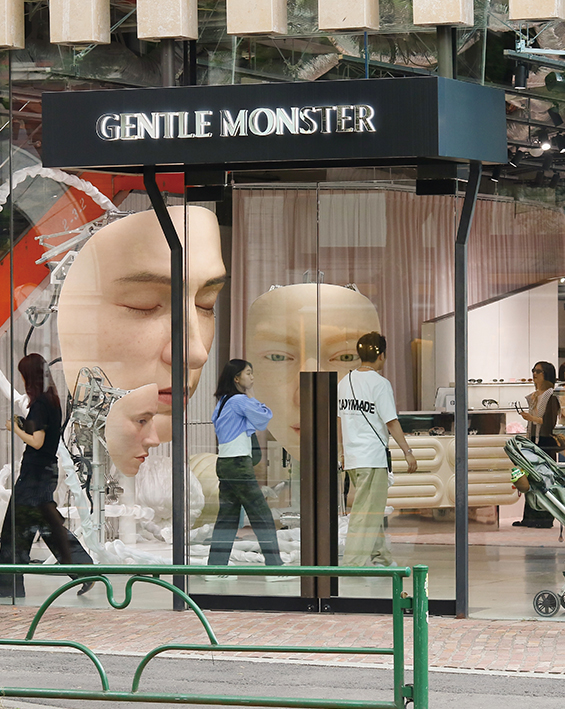 The Japanese flagship store of GENTLE MONSTER, Korea’s leading eyewear brand
The Japanese flagship store of GENTLE MONSTER, Korea’s leading eyewear brand Why exactly is Korean fashion getting so much attention? The first reason is that the Korean fashion industry has a solid foundation. In fact, the Korean fashion industry has been seeking an overseas breakout for quite some time now. During the early stages of Korea’s economic development in the 1960s, the government saw textiles as a key industry for exports and economic development. Shifting to fashion—a high value-added industry based on textiles—was a natural progression. That has given Korea a reliable industrial basis that includes the manufacture, dyeing and sewing of fabrics and the production of finished products.
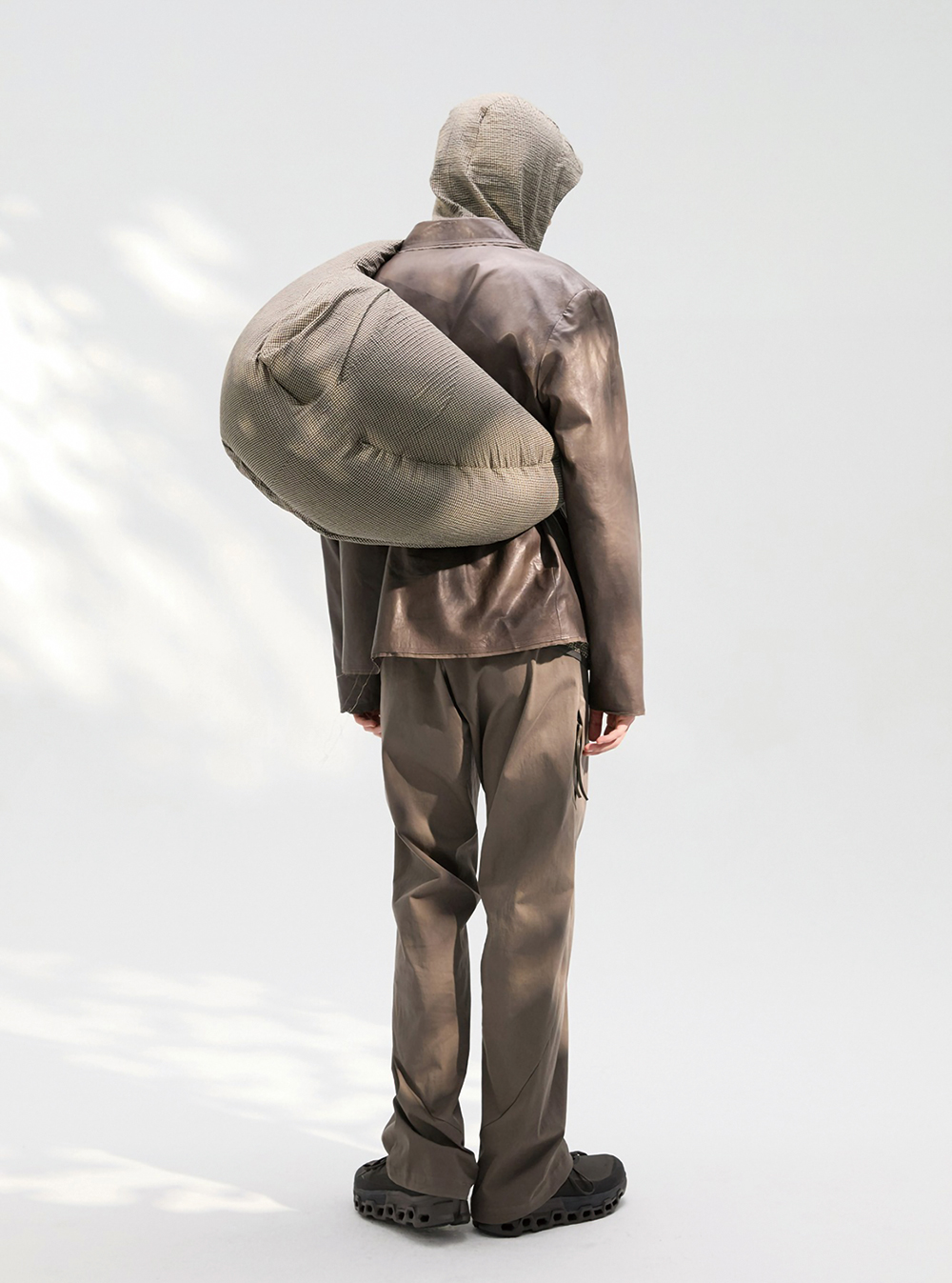 Clothing by Post Archive Faction, known for creating experimental yet practical designs © Post Archive Faction.
Clothing by Post Archive Faction, known for creating experimental yet practical designs © Post Archive Faction.
Second, Korea has a number of cultural advantages. Clothing quality and prices aren’t the only criteria on which fashion is assessed. A solid industrial foundation makes it possible to produce clothing with good quality for the price. But cultural background is necessary to gain attention in the realm of designer brands, which sell highly original attire for high prices. Fashion emerges from cultural and environmental contexts, including factors such as the appearance of fashion ads, who is wearing them, which music videos and movies feature them and the country of origin of brands
The Korean designers who made inroads in the global market two decades ago were forced to compete under much harsher circumstances—namely, a lack of awareness about Korea and its culture. In recent years, however, Korean cars, Korean phones, Korean technology and now even Korean culture have gained a global following. Starting with films like “Old Boy” and “Memories of Murder” and continuing with TV series like “Kingdom” and “Squid Game” and K-pop groups like BTS and BLACKPINK, Korean culture is being enjoyed by countless people around the globe.
In the early days of promoting pop culture content in overseas markets, the Korean fashion industry focused on identifying and recombining global fashion trends to create looks that would feel familiar in the global market. This approach initially placed Korean fashion in a constrained position. But as methods of global outreach diversified, more fashion designers are seeking to utilize unique Korean characteristics that aren’t found in other countries. That’s probably because consumers have more exposure to Korean fashion, not only through the media but also through the everyday lives of global stars from Korea.
A final factor is today’s young people. They have much faster access to fashion information through social media, YouTube and online fashion communities, and they seek out brands that align with their tastes and represent their personalities. People are connecting with others who share their tastes and influencing each other, which is fragmenting the definition of fashion into more niche categories. These conditions make room for the circulation of fashion that’s different from mainstream trends and fame. Those are some of the reasons Korean fashion is spreading around the world.
The Korean fashion brands that are currently in the spotlight for these reasons can’t be neatly slotted into a single category. But they do have some things in common: an eager acceptance of different cultures, a fearless willingness to try something new, a powerful appeal and a rejection of gatekeeping. They may not have the heritage and capital of the world’s name brands, but they are grounded in these qualities, which create a diversity that appeals to the tastes of a new generation seeking new things.
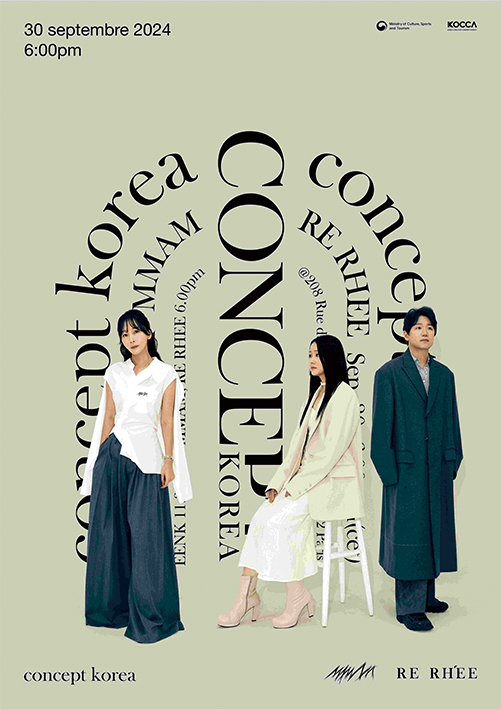 © Korea Creative Content Agency
© Korea Creative Content Agency ‘MODE at PARIS’ 2024 S/S runway show organized by Korea Creative Content Agency (KOCCA) in March 2024 in Paris, the fashion capital
‘MODE at PARIS’ 2024 S/S runway show organized by Korea Creative Content Agency (KOCCA) in March 2024 in Paris, the fashion capital
While a growing number of young Korean fashion designers and brands are gaining attention on the global stage, that doesn’t mean Korean fashion is setting global trends. It’s more accurate to say that efforts that are years in the making are finally bearing fruit. So while Korean fashion has a long way to go, it has plenty of potential.
Koreans’ passion for fashion has created a dynamic and competitive fashion market that’s constantly changing, forcing designers and brands to carve out distinctive perspectives and positions. That has given the industry a competitive edge that serves as a solid foundation for branching out overseas.
Aside from the brands mentioned above, numerous young brands are flooding into the fashion market, albeit on a smaller scale, at this moment. There’s no better time to keep tabs on the novelty, diversity and excitement of Korean fashion.
Writer. Park Seh Jin
Park is a fashion columnist who writes and translates about fashion. He’s the author of “Fashion vs. Fashion,” “Replica,” “Exploring Everyday Wear: New Fashion” and “The Age of Fashion: Disconnected Segments” and the translator of “Vintage Menswear,” “Dads Are the Original Hipsters” and “Ametora: How Japan Saved American Style.”